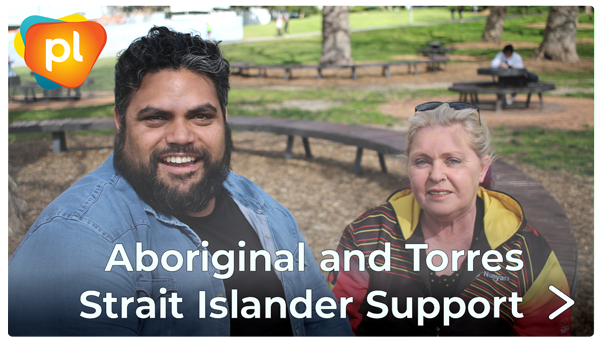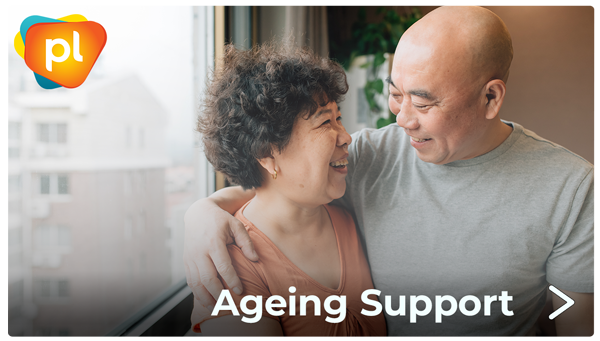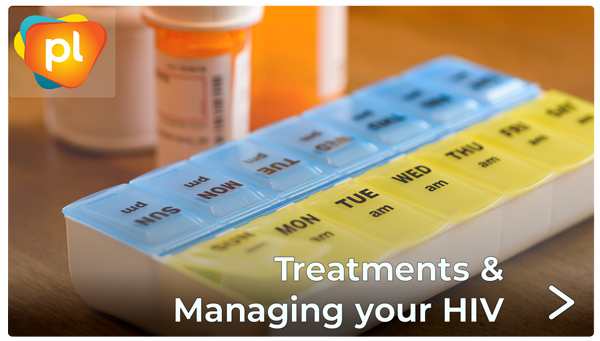
We created our own memorials for the growing list of names of friends, acquaintances, partners, and family members swept away in this new tide, a tide of grief. I attended my first AIDS Candlelight Rally and Vigil, which was also the first held, in October 1985. My friend Dietmar Hollman was a reporter for 2SER Gaywaves. He reported from the rally and the AIDS Candlelight Vigil organised by Sydney City councillors, Brian McGahen (who died using voluntary euthanasia in 1990) and Craig Johnston.
The recording, which can be found on the National Film & Sound Archive of Australia, includes discussion of the 1985 Public Health Proclaimed Diseases Amendment Act, speeches from Brian McGahen, Craig Johnston, Dorothy McRae-McMahon (Dean of the Pitt Street Uniting Church), Dennis Scott, a performance from Judy Glen and vox pops from the crowd, including Robert French, and Mother Inferior (Sisters of Perpetual Indulgence).
The candlelight walk down Oxford Street started in Green Park, had the vigil in Hyde Park and finished with a rally at Parliament house in Castlereagh Street. There weren’t many names to read out at that stage, yet as the years rolled by, the list got longer and longer. Along the way, there was a brief halt to remember Michael Stevens, a young gay man who had been bashed to death two months earlier, caught up in the tide of gay hate and hysteria brought about by media reports on the HIV/AIDS pandemic at that time. The whole event was solemn, and tearful.
The other equally emotive memorial was the AIDS quilt. The panels were created as part of the Australian AIDS Memorial Quilt Project, which was founded in September 1988 by Andrew Carter OAM (the brother of Don Carter, known as Dodge Traffic) and Richard Johnson in Sydney. It was formally launched on 1 December 1988 World AIDS Day, by Ms Ita Buttrose. Quilt unfolding started in 1988 with 35 panels, now 122 quilt blocks with eight panels per block. This was the most powerful of the AIDS memorials, due to its panels being designed and partially put together by friends and family of the deceased.
Wandering around the blocks of panels, with conveniently placed boxes of much needed tissues and hearing the names being read out was a truly moving experience. No one left with dry eyes, and all departed the event feeling emotionally drained. Myself and a group of friends assisted with the beautiful, quiet unfolding of the panels at both the Royal Hall of Industries Pavilion (in the old Sydney Showgrounds) and the Convention Centre in Darling Harbour. I was also a Name Reader, and despite the solemnity of the occasion, there was the occasional lapse into humour when the names of the Sisters of Perpetual Indulgence were read out.

Peter McCarthy, Peter Gilmore (deceased), Bevan (deceased), Steve Thompson and myself at an AIDS Quilt unfolding (we were unfolders) at the Royal Hall of Industries Pavilion (Sydney Showgrounds) circa 1992. The tee-shirts bear the Quilts Insignia, and ‘Remember Their Names’.
It was hard to keep a straight face. It is the one singular AIDS ritual that I miss, and feel that the panels are wasted hanging on a museum wall.
In August 1987, I was approached by The Bulletin to gather some HIV+ friends together for an interview. The interview was held in The Oxford Hotel. I still have a copy of it, and when I read it now, I cringe. There was so much naivety back then, as we were still ‘filling in the gaps’ in our knowledge base, so to speak. There was a mixture of positive and negative attitudes about how we rated our chances of survival, but the general feeling amongst all interviewees was, “we will be killed by it, so let’s party while we can”!
Despite all this solemnity going on around us, we still managed a bit of dark humour with the publication of ‘The Daily Plague’. This was a fanzine that had no regular publication dates. It just seemed to pop up out of nowhere. It was a tongue-in-cheek satirical approach to the AIDS pandemic, and came at a time when it was needed. I also can’t overlook the huge role played by the Sisters Of Perpetual Indulgence. Despite what seemed to be a bit of flippancy, both with their over-the-top names, and the irreligious and interpretation of Catholic ritual, they were in fact outspoken radicals. They were seen at most rallies and vigils. I always have great admiration for those who don’t take themselves too seriously.
Much to my amazement, by this stage I was still very healthy. By 1987 I was already four years into the fray, with no sign of illness, though my CD4 counts had slowly started dropping.
This was the year when the controversial, most toxic and most expensive drug, Retrovir (AZT, Zidovudine) was introduced. A failed cancer drug from the 1960s, it was thought that it might ‘keep the wolf from the door’. Despite several flawed trials, and some evidence to show that it pretty well did nothing, they fostered it onto us. I wanted nothing to do with it, due to the bad press around its side effects, and the results from the Concorde trial in 1991: “Patients on Zidovudine should be monitored closely for nausea, vomiting, diarrhoea, headaches, myalgia, insomnia, bone marrow suppression, peripheral neuropathy, lactic acidosis, elevated liver enzymes, hepatotoxicity”…oh…and suppression of their immune systems!
I fought my doctor on this one. Some patients flatly refused to go on it. They were the lucky ones. My doctor won that battle and I reluctantly started on it, with massive dosing. I, and many others, paid the price for that decision.
Shortly after my return to Sydney from Melbourne in mid-1982, I met my first partner, Frank. We had an apartment overlooking the harbour in Neutral Bay. We split up around the time I seroconverted. It was an amicable breakup and we remained flatmates. I left my retail job in the city to take up the then far more lucrative jobs.
Back then, we were paid huge amounts of money under-the-counter as a bar useful in the Midnight Shift, and doing the graveyard shift in Numbers Bookstore. Frank also seroconverted around this time, though we both had a lot of casual sex back then, so it was impossible to pinpoint any one person for causing it. Frank died in the early 90s.
While working at Numbers, I met my second partner, Damien. At that time he worked at ‘Dudes’, a male brothel in Goulburn Street (which later became Kulture In Hair). Damien also worked at the Den Club in Oxford Street. He was also HIV+, and died in October 1991. At the time I was officially flagged as HIV+ in 1985, my partner was Tony. He was HIV- and the two differing status put what was already a shaky relationship on a downward spiral. We split shortly after, though have remained friends, and occasional housemates, through to the present day. Tony is still HIV-.
As we entered the ‘90s, things were about to come to a head.
part 1 | part 2
– Tim Alderman
Published in Talkabout #211 December 2024







